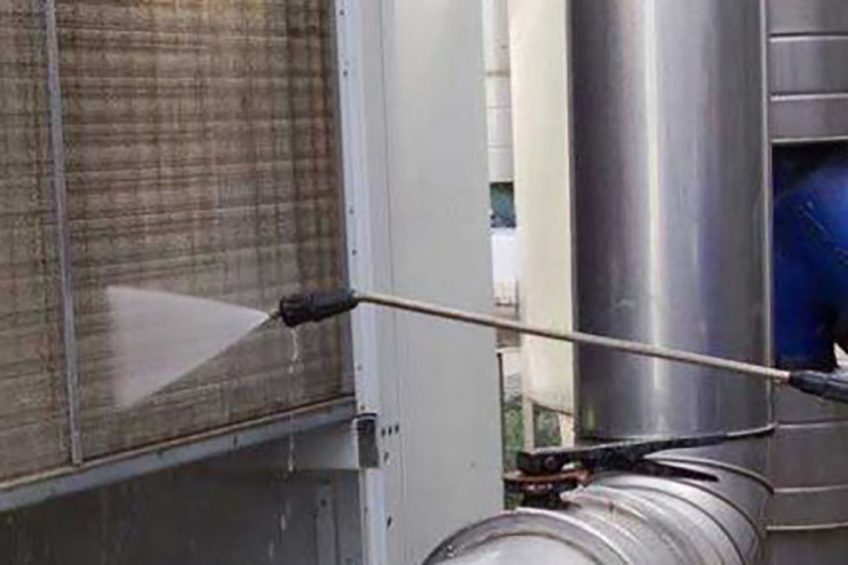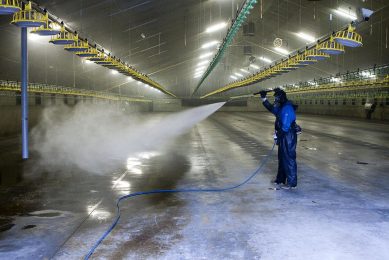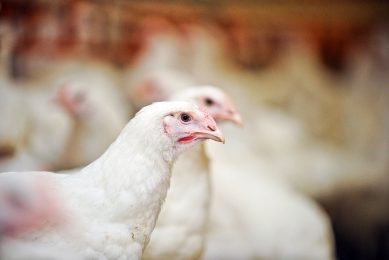A disinfectant that drastically reduces corrosion

Corrosion is a significant problem in industries where disinfection processes are frequent and of critical importance.
According to Sarah Koehler, a commercial manager at France’s Axcentive Group and producers of the popular biocide Halamid, using too many peroxygen-based disinfectants can corrode, tarnish and degrade pumps, pipes, cages, grills and other pieces of equipment that are essential for modern poultry barns.
Undergoing corrosion tests
As such, it should come as no surprise that many disinfecting solutions have undergone corrosion tests. These include Halamid, which recently went head-to-head against a peroxymonosulfate-based product, using ASTM norm 1384 as the basis for the experiment.
This approach enabled researchers to test the corrosiveness of liquid (in this case, a 1% solution of Halamid) by checking various substrates at the same time. To ensure accurate results, the 2 disinfectant solutions were changed daily. During the test, 6 different materials:
- copper
- brass
- steel
- stainless steel
- aluminium
- PP
– underwent the same number of cycles in the disinfectant solution in an open, aerated refluxing vessel.
Limited impact of Halamid
The results of the experiment speak for themselves. Weight loss measurements provided quantitative proof that Halamid is less corrosive to metals than the peroxymonosulfate-based product that was tested.

These findings confirm that, when compared to substrates, the neutral pH of Halamid and its mild oxidative properties have a limited impact on metals used in modern aquaculture. While it’s true that all disinfectants all have different benefits and drawbacks, Axcentive is optimistic that these results will help poultry farmers make an informed decision when choosing which disinfectant to use in environments where corrosion remains a pervasive problem.




